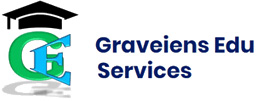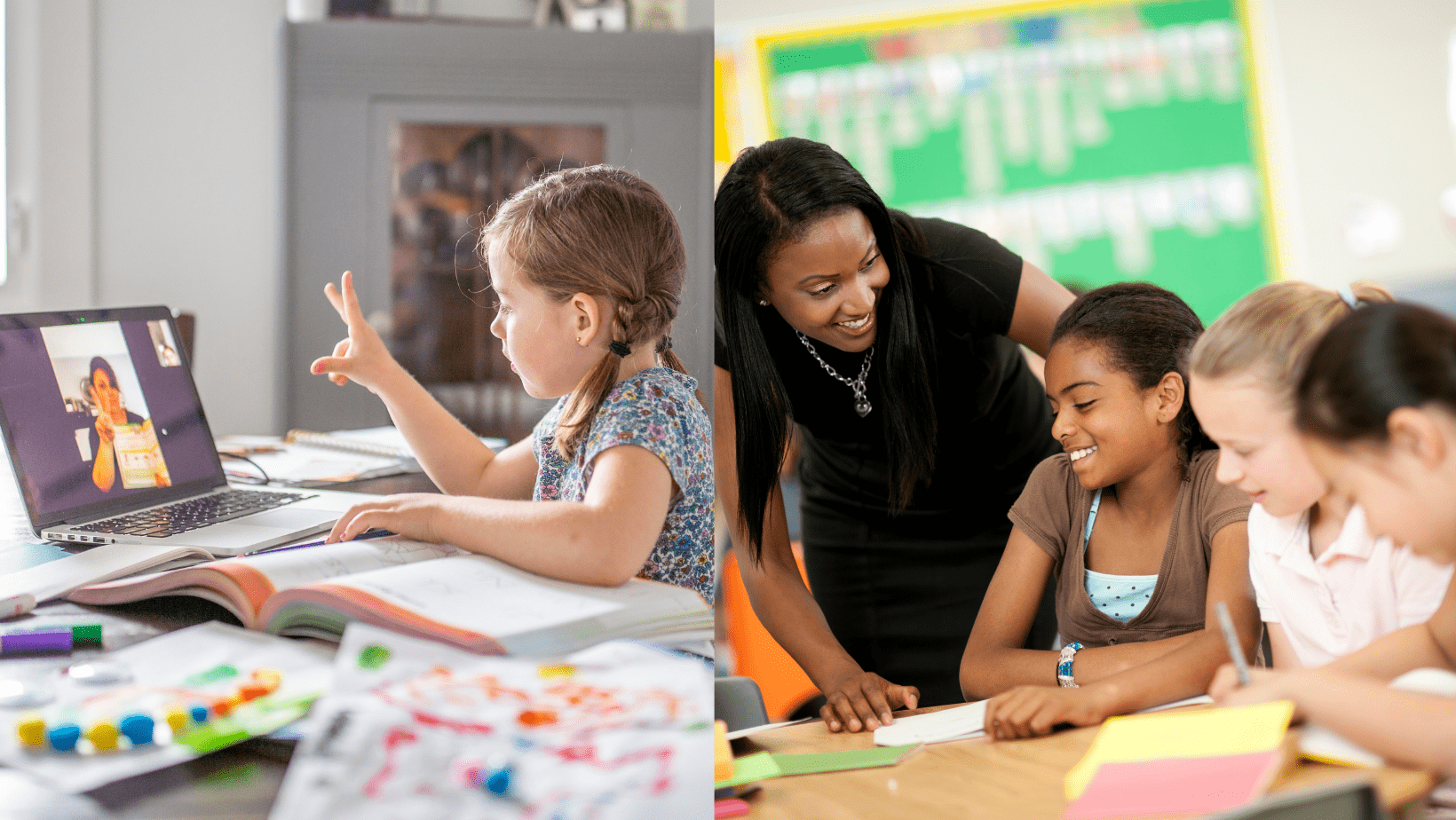Overview
In the past, learning was limited to the classroom. Understudies took notes, plunked down, examined with peers, cooperated with the teacher, and finished tests in an actual area. While many people thrived in this setting, not everyone chooses this method of education. However, the past few years have changed the way we all live and learn. Education has never been more important or as uncertain as it is today.
Responding to the need to move to remote learning, institute and school leaders, educators, students, and families around the world have shown incredible vigour, dedication, and adaptability over the past few months. However, the government, schools, universities, and, to a large extent, students have welcomed the idea of reopening schools and colleges as the world adjusts to uncertainty.
Let’s examine each learning approach in greater detail.

Blended Learning
In order to create a user experience that is more adaptable, blended learning combines eLearning content with more conventional training methods (in-class, instructor-led). The best of both worlds is blended learning, which provides students with dynamic and adaptable learning opportunities outside of the classroom in addition to the guidance and interaction of an in-class experience. Teachers at both higher and lower educational establishments have organically adopted blended learning as a meaningful learning tool both inside and outside of the classroom over the past decade.
Fortunately, corporate learning is making up for lost time. Blended learning has significant advantages for businesses because it can raise the value of knowledge and training retention rates.
Hybrid learning
Online exchanges replace much of the physical communication between instructors and students in hybrid learning. This does not imply that distant students simply observe an online lecture passively; Instead, virtual, interactive elements are included in live classrooms. In a traditional face-to-face course, this method moves more of the delivery online and reduces seat time. Students can participate in real-world, team-based learning activities during class time. Content that is enhanced with multimedia and channels for ongoing discussion are two examples of online components. This website’s resources and best practices will primarily focus on hybrid courses that use either video conferencing or classroom sessions.
Virtual hands-on training experiences, in which a company can replicate the real-world environment in their training, are an illustration of this. Lessons become more effective, ingrained, and personal as a result of this increased interactivity.
Differences
It is essential for teachers and parents to be aware of the similarities and differences between these two.
1. Location:
Teachers, parents, or students can choose where they learn in a hybrid setting. The only requirements are that all students be present and that learners come from both in-person and remote locations. Area is the primary worry of mixed homerooms. A crucial component of blended learning solutions is direct learning. On-site learning doesn’t have to be in a school; it can be in a different place or in an education center.
For blended learning solutions, both students and teachers must be physically present.
2. Different resources
Teachers can choose which resources they include in their lesson plans in a hybrid classroom. If they want, they can work solely from textbooks or prioritize eLearning content. In a hybrid classroom, teachers can use the materials and resources that work best for them and their students because different methods are preferred by different teachers. Teachers must combine classroom-based teaching methods with eLearning and online tools for blended learning. Students must be able to work on the online content at their own pace and at the time that works best for them.
The most crucial components of blended learning solutions are teaching resources and methods.
It is essential for teachers and parents to be aware of the similarities and differences between these two.

Online education has the following advantages:
- Engagement: sustaining one-on-one interactions between instructors and students, thereby increasing user involvement.
- Interactivity: experiences in the real world through exercises, tools, and virtual simulations.
- Cost-efficiency: On-premises hands-on experiences are more expensive to create and maintain.
- Flexibility: Since there is no need to make travel plans, schedule training whenever it is convenient.
- Capacity: An unlimited number of students and users can benefit from learning opportunities provided by an online classroom.
- Scalability: The number of environments a company has set up for a class can be increased or decreased.
- Accessibility: No matter where you are, you can access online learning environments from any computer with an Internet connection.
Conclusion
Modern business training is moving toward the hybrid model as organizations realize that traditional on-site classrooms alone are ineffective and as remote working practices spread across the globe, travel becomes less necessary.
Content for blended and hybrid learning is provided by Graveiens. They provide expert educational design solutions to global corporations and businesses engaged in e-learning. They have experience and skilled content developers who can assist in the successful implementation of blended learning training plans of high quality. They created plans that not only maximize learning outcomes but also improve training personalization. They help to increase user involvement by combining social, mobile, and self-paced learning with classroom training, one-on-one training, and collaboration tools.
In order to enhance the learning experience of the students, we create content and training programs that are adaptable, robust, multi-approach, integrated, and accessible across all learning styles, platforms, and technologies.



Comments 0